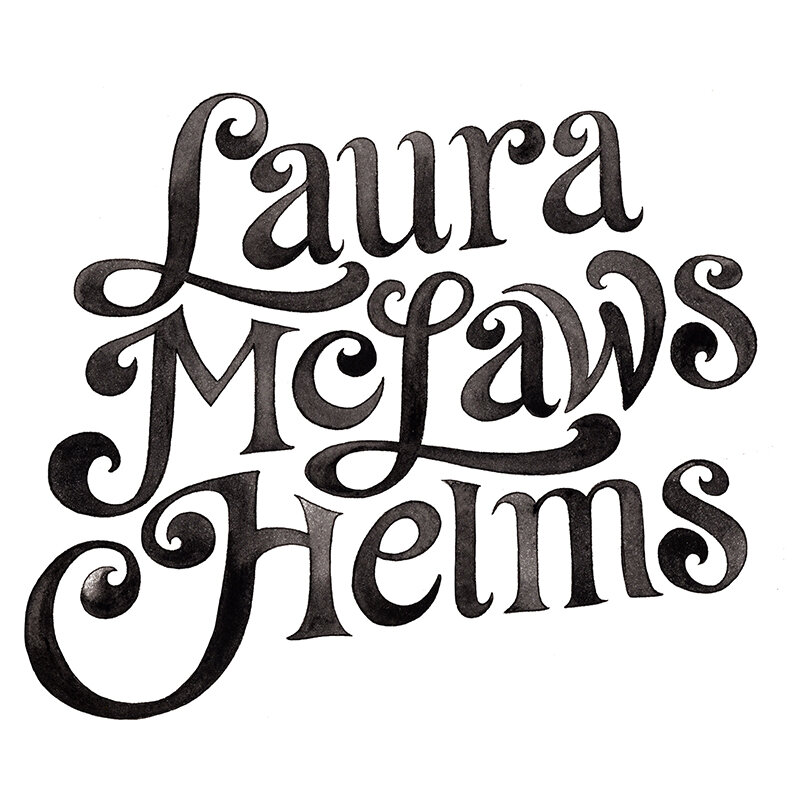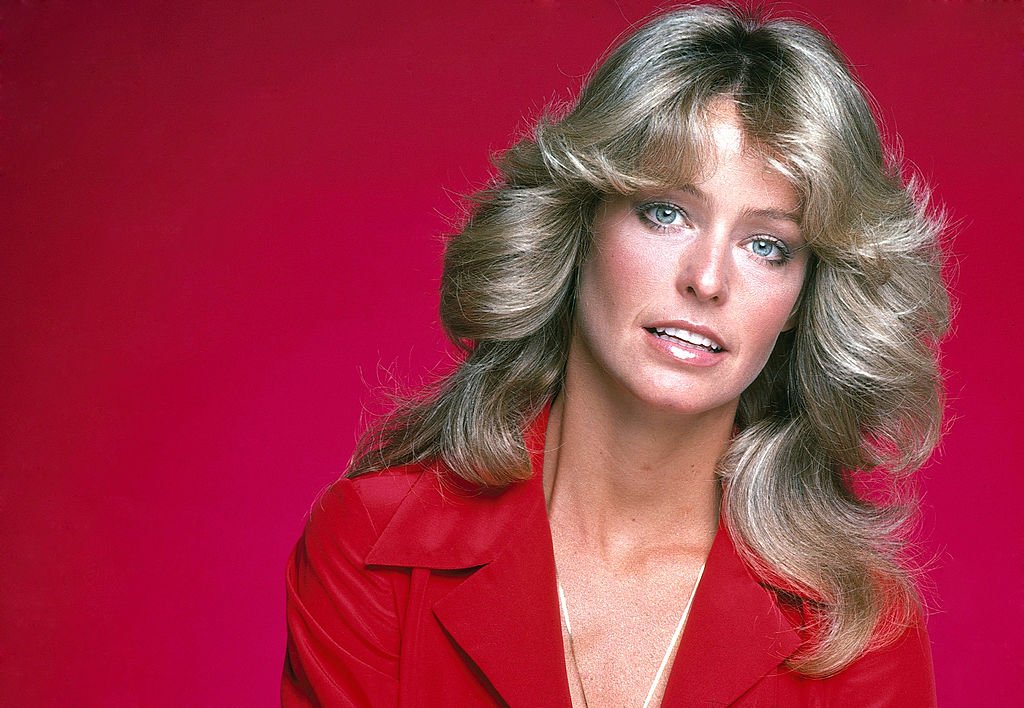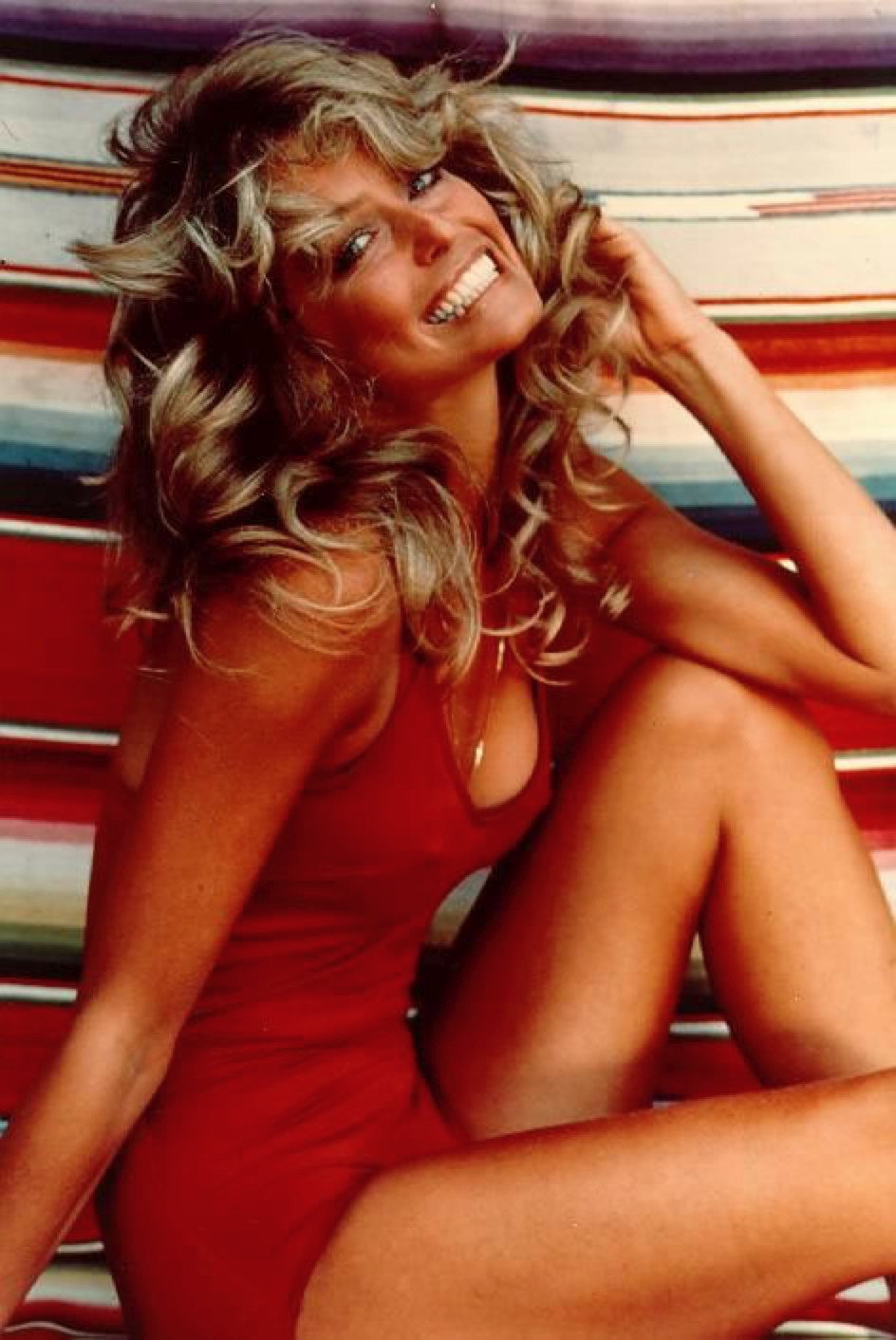The Farrah Phenomenon
Originally published on Chandelier Creative’s website in April 2017.
Wherein lies the appeal of Farrah Fawcett? Some would say it’s that famous avalanche of hair, while others remember her bright grey-green eyes. Or is it that luminous smile? Or her fit, slender body that sold a million posters? In reality, it was her whole package—one that had her crowned “The Sex Goddess of the Seventies” and who revolutionized the portrayal of women’s sexuality onscreen. Her all-American healthiness and vitality was in arch-contrast to screen sirens of the previous decades, and it set the stage for revitalized interest in health that impacted the entertainment, beauty and fashion industries.
Born (in 1947) and raised in Corpus Christi, Texas, from a very young age Fawcett’s beauty was noticed and celebrated. A natural athlete and honors student, she was voted “most beautiful” all four years of high school and then went on to be the first freshman named among the "ten most beautiful coeds on campus" at UT Austin. With photos of her attracting attention in Hollywood, she moved to Los Angeles in 1968 following her junior year. Soon after arriving she started dating a young actor, Lee Majors, then the star of a popular TV Western, The Big Valley—they met when he chose her from a pile of headshots to be his date to a concert. The pair was golden, athletic and famously health conscious. With a major movie role and a star boyfriend, her fame seemed inevitable. His agent arranged a thirty-month $350-a-week contract with Screen Gems for her and she found work in TV commercials, becoming a well-known face in ads for a number of common goods. Farrah was also cast as a beautiful innocent in the ludicrously camp movie adaptation of Gore Vidal’s novel, Myra Breckinridge (1970). Seemingly exiled by her all-American looks to appear only in commercials (over 100) and walk-on TV roles, Farrah married Lee in 1973 and focused on her marriage while looking for ways to reinvigorate her career. In 1974 she signed a three-year deal to be the face of Wella Balsam shampoo and conditioner; in the first two years her name and acting credentials were only mentioned in small print on the print ads.
A supporting role in the science-fiction movie Logan’s Run (released 1976), with it’s scandalously short costumes, ably showed Farrah’s assets yet it was a TV movie and a poster that would change her life and set her off into the stratosphere of fame. She was cast as one of the three stars (alongside Kate Jackson and Jaclyn Smith, also a Wella Balsam spokesmodel) in an hour-long made-for-TV movie, Charlie’s Angels, broadcast in March 1976. High ratings and good reviews led the TV movie to be expanded into a series. At the same time, she was approached in 1976 to shoot a poster for Pro Arts Inc. Wearing a red Norma Kamali swimsuit from her own closet and with no hair or makeup person, Fawcett was photographed one afternoon by Bruce McBroom. She chose the final image—head back, all cascading curls, giant smile and tanned limbs—which became an immediate hit when it came on the market in September 1976, the same month the Charlie’s Angels TV series premiered. Within the first year of release the poster sold 12 million copies and is still the best-selling poster of all time.
While all of the Angels became huge celebrities within weeks of the premiere, it was Farrah who was the breakout star—with her hair garnering considerable attention. The famous ‘Farrah cut’—all volume, layered waves and curls—has been credited to several different hairdressers, but it was Allen Edwards who first cut it into a feathered shag with floppy bangs and soft bouncy sides in 1974. Magazines printed diagrams for roller settings to achieve her look (a difficult task for anyone not blessed with Farrah’s thick locks), and actively discussed her diet and exercise regimens. At just the same time as she became the most talked about woman of the decade, Farrah turned thirty in 1977—generally an age when sex symbols are considered over-the-hill. Her youthful healthy energy belied her advanced age, as did her perky breasts unfettered by a bra on every episode of Charlie’s Angels—further enhancing the public’s interest in her wellness habits. A true fan of the outdoors, she was photographed surfing, scuba diving and waterskiing for Harper’s Bazaar. According to Vogue her “greatest attraction…is her ‘shot-from-guns’ energy. Face it—Fawcett is all about fitness. She breathes it, sleeps it, talks it, and means it.”
Her own preoccupation with health and wellness, combined with her natural beauty, created a whole industry of hair and skin products that sought to replicate that aura of health and radiance. The companies who hired her as a spokesmodel played directly on this in their ads. In the summer of 1977 Farrah Fawcett signed a seven-figure, 3.5-year deal with Faberge to create and market her own line of shampoo and conditioner. The ads introducing Farrah Fawcett Shampoo regaled customers with copy purporting to quote her: “I used to worry about washing my hair too often. Now I use a shampoo with vitamins, minerals, protein and herbs.” Some of the commercials feature her running on the beach. Concurrently, she signed deals with a number of other companies including a sports club. Her squeaky-clean type of sex appeal was not threatening to consumers; Playboy called her “the first mass visual symbol of postneurotic fresh-air sexuality.” Not everyone found her new type of sex appeal intriguing—Caroline Seebohm wrote in the New Statesman in 1977, “She radiates a deodorized, lithe, alfalfa sprouts fitness. Her enormous smile proclaims brushed-three-times-a-day white teeth. Her body has none of the dissipatedly voluptuous Fragonard curves that Americans used to lust after in Marilyn Monroe or Raquel Welch.”
Eager to capitalize on her newfound fame, Fawcett was advised by her manager to pull out of the second series of Charlie’s Angels to concentrate on a film career. The leap to movie stardom was not smooth for Farrah, as her first few films post-Charlie’s were critical and commercial failures. In 1979 she separated from Majors and hooked up with Ryan O’Neal, who she was together with until 1997—they had one son, Redmond, in 1985. Fawcett found acting success in the mid-1980s by leaving behind her sex symbol image for dramatic, emotional roles. She continued to act until her diagnosis with anal cancer in 2006; the actress passed away on June 25, 2009, with her long-time love O’Neal by her side.
Though she achieved critical success in her career, Farrah Fawcett will always be remembered for her looks—that hair, that smile, those teeth, that body. Undeniably pretty, her inner vibrancy and health lit up the screen and camera lens. Farrah’s immediate stardom revealed that the country’s perception of sex and its myriad symbols had gradually shifted, starting with the sexual revolution of the sixties. No longer raunchy or risqué, sex was now bright and healthy and well scrubbed with Fawcett as it’s well-beloved goddess. As an icon, her image became central to an industry seeking to exploit this health boom—sex has always been used to sell, but was now repackaged with vitamins, herbs and protein. With the workout and eating habits of celebrities today common knowledge, Farrah was truly the first actress to blend fame, sex appeal and health.




